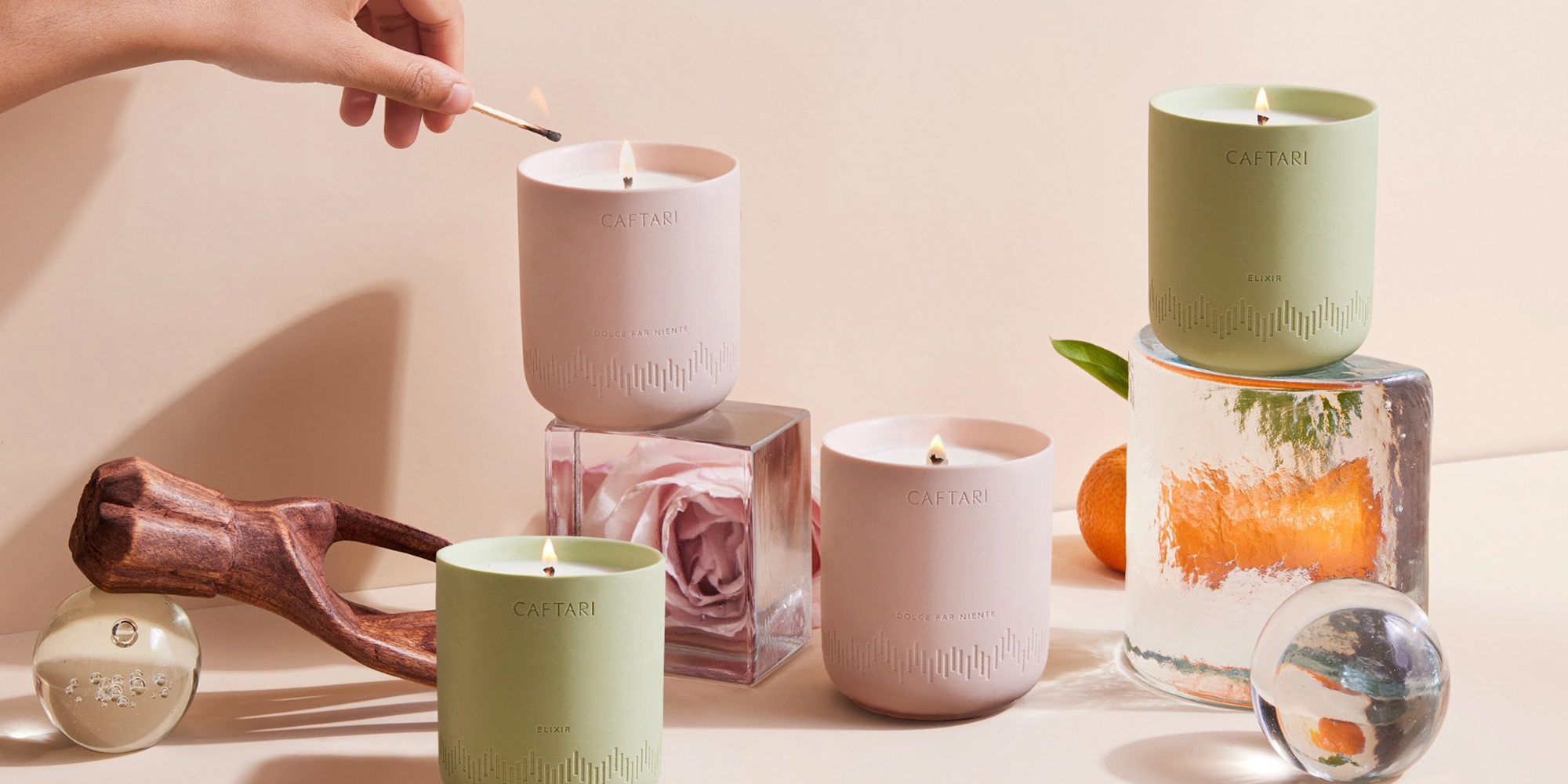
Former Dermstore Buyer Shreya Aggarwal Launches Functional Candle Brand Caftari
In the summer last year, Shreya Aggarwal was dealing with a stubborn bout of insomnia and anxiety. A fragrance obsessive from a young age, when the smells of her mother’s rose hair oil and father’s talcum powder defined her early years in New Delhi, she decided to experiment with candles, pillow sprays and diffusers as non-medical remedies.
“It helped me sleep better,” says Aggarwal, a New York resident who emigrated to the United States from India at 8 years old. “It was a radical shift from when I did that to when I didn’t do that, and I incorporated it into my routine. Because of that, I wanted to incorporate this angle of what fragrance does to our mood in my brand.”
Called Caftari, Aggarwal’s brand is launching today with two functional candles priced at $60 for 10.5-oz. sizes, enlivening Elixir and happiness-inducing Dolce. Building upon the principles of aromatherapy, the brand is focused on neuroscents or scents designed to provide a neurological boost by using an essential oil linked to a neurotransmitter and brain wave. Dolce includes rose essential oil, an ingredient connected to serotonin production. Serotonin is related to satisfaction and optimism. On Dolce’s packaging, Caftari has inscriptions alluding to alpha brain waves. Alpha brain waves occur when people are daydreaming and practicing mindfulness.
Bergamot is the star of Elixir. It’s a citrus scent stimulating endorphin release. Endorphins trigger positive feelings and energy. Elixir’s packaging contains impressions of gamma brain waves. Known for attention, learning and memory, gamma brain waves are the fastest brain waves.
Aggarwal researched journal articles to arrive at the essential oils in the candles and assembled a panel of 30 people to test their mood-changing effects. She didn’t finalize the candle formulas until more than 80% of the panelists reported they caused the emotion they were crafted to elicit. In addition, Caftari consulted with undisclosed doctors and neuroscientists to develop its candles.
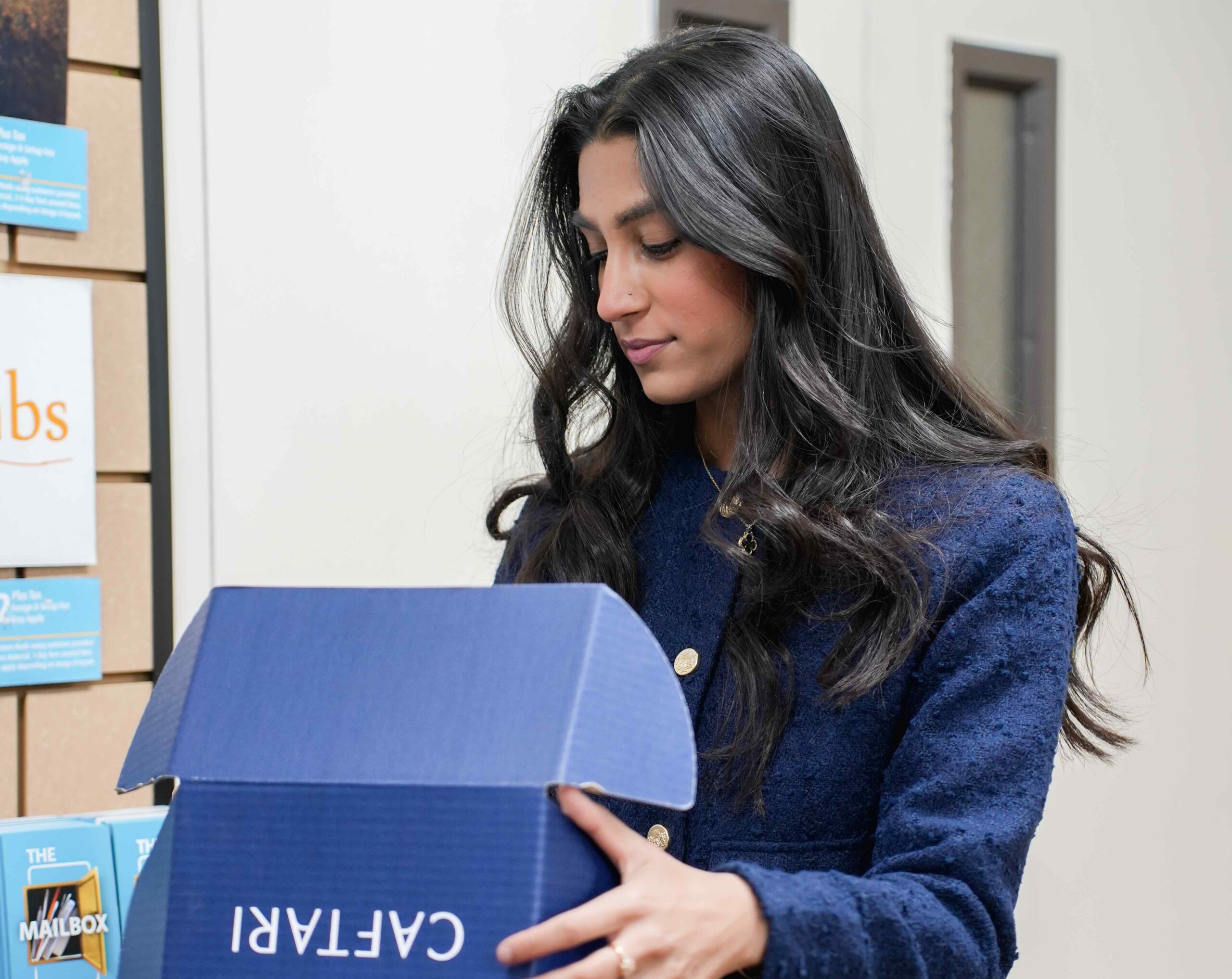
“Obviously, people understand the concept of aromatherapy,” says Aggarwal. “The concept isn’t novel, so what we are trying to do is take it one step further by doing testing and having a high threshold for that testing and by incorporating expertise.”
Prior to starting Caftari, Aggarwal was an omni assistant ready-to-wear buyer at Macy’s and associate fragrance buyer at The Hut Group’s e-commerce properties Dermstore, SkinStore and Lookfantastic. She specifically chose to become a fragrance buyer with an eye toward devising her own fragrance business.
Two key lessons from her experience at THG inform Caftari. The first is that candles are highly dependent on the holiday shopping season. More than 65% of THG’s annual candle sales were generated during the holiday shopping season, although the National Candle Association figures in general 35% of annual candle sales are generated during the holiday shopping season. Caftari is intended to be giftable.
The second is that, although there’s a significant group of people loyal to certain fragrances and candles, there’s also many people who enjoy dabbling in different options. Caftari is targeting trendsetting early adopters primarily in their 20s to 40s. Once the pandemic hit the United States, there was an upswing in candle purchasing by the brand’s target demographic. However, it appears the candle craze has flamed out a bit. Consumer insights firm Grand View Research forecasts the United States candle market will advance at a compound annual growth rate of 5% from 2023 to 2030.
To gain momentum, Aggarwal says Caftari aims to raise awareness with “word of month” among “people already buying expensive candles.” She explains, “I’m not trying to change the customer behavior of people who don’t buy candles. They buy Diptyque or Byredo. More expensive things are in their homes, and they’re in search of something new.”
“People understand the concept of aromatherapy. The concept isn’t novel, so what we are trying to do is take it one step further.”
Aggarwal describes Caftari’s design as having a “very minimalistic and sustainable vibe.” The brand features cotton wicks, petroleum-free natural wax, textured bisque ceramic vessels and exterior packaging completely constructed from post-consumer waste. “I take sustainability seriously,” says Aggarwal. “If I’m putting products into the world, they have to be the most eco-friendly products available. That was at the forefront of my mind.”
At the beginning, Aggarwal is out to propel Caftari’s sales on its website and through spas. She says it’s drawn interest from three spas in New York City intrigued by its wellness bent. Caftari won’t be evaluating distribution at a large national retailer until at least 2024. Along with a private investor, Aggarwal put in roughly $100,000 to create the brand. By the end of this year, Caftari estimates it will reach around $25,000 in sales. In 2024, it’s projected to achieve sales that surpass the amount invested to erect it.
Aggarwal vetted 30 manufacturers before landing on the one that makes Caftari’s candles. She liked that the manufacturer is responsible for candles sold by THG. Caftari’s proprietary fragrance blends are produced in France. Aggarwal obtained a minimum order quantity of 1,000 units for each of the two launch candles. The brand’s name combines attar, which refers to fragrance oil in Hindi and Urdu, and caftaric acid, a compound in the juice of grapes.
Caftari is slated to release meditative candle Nirvana and sleep candle Nidra in the initial quarter of next year. After that, the brand expects to unveil roll-on fragrances. Aggarwal envisions eventually opening a Caftari store. A portion of the brand’s sales will be dedicated to the organization National Alliance on Mental Health.
“The goal for the brand is definitely to keep on growing it. There are people that want to grow as fast as they can and sell. I don’t have any plans to do that,” says Aggarwal. “This is my passion and what I want to continue to bring to the world in a long-term way.”

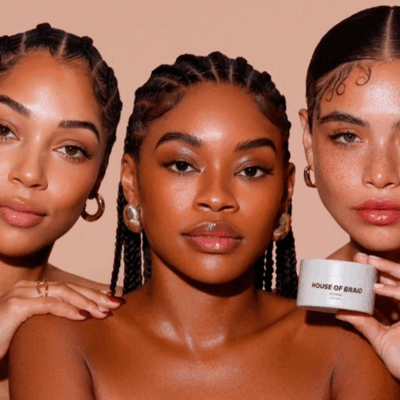
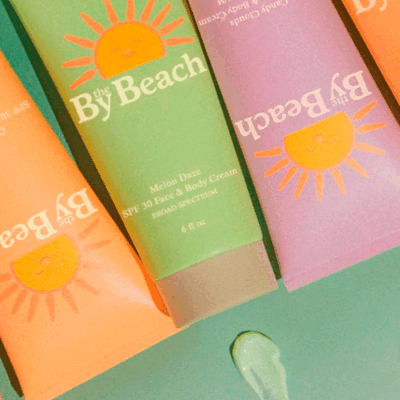
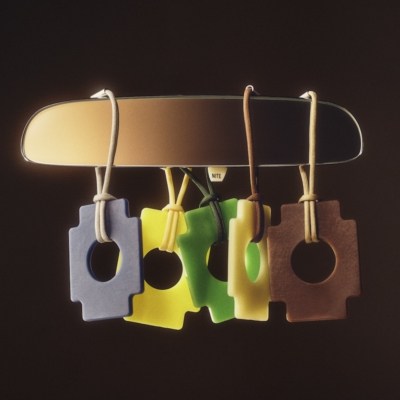
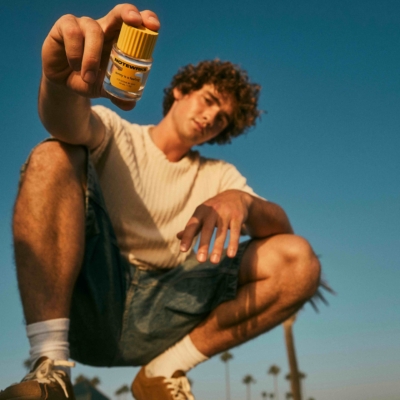
Leave a Reply
You must be logged in to post a comment.